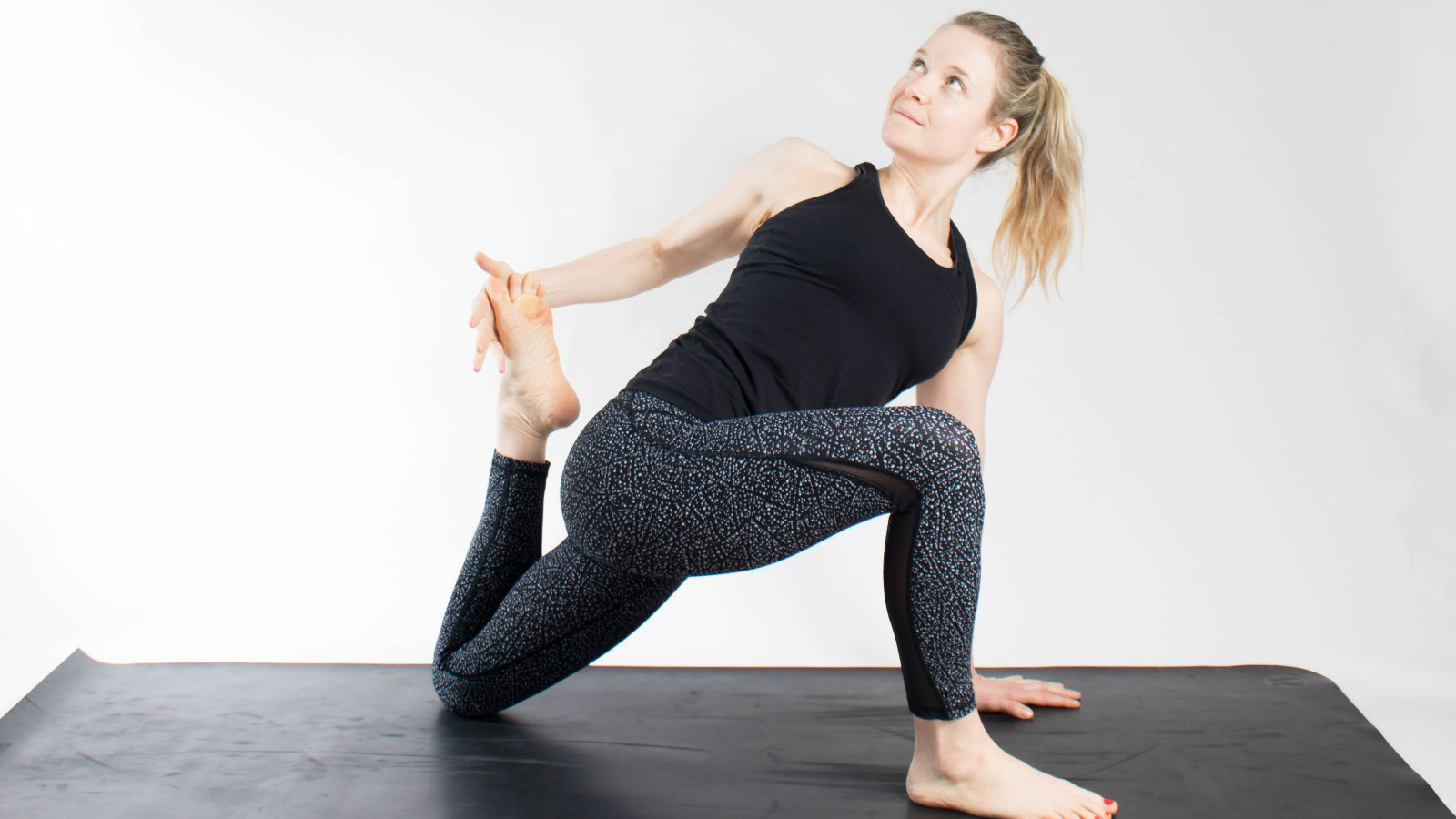
As runners we can become a little obsessed with training plans full of hill sprints, tempo sessions and long runs, but it is also important to incorporate cross-training into our programs.
Put simply, cross-training means doing different types of training that are not running. This can help to improve strength, maintain fitness and increase flexibility. It also adds variety, which can help with motivation and make training more enjoyable.
“Cross-training is a great way to improve adaptation across the board, challenge yourself with new skills, or help build training after an injury or setback,” says Lillie Bleasdale, founder and head coach at run coaching organization PASSA, who’s spoken to Coach before about how to pace a half marathon.
Common cross-training activities for runners include swimming, cycling, elliptical training, walking, runner-specific strength training, Pilates and yoga. These lower-impact sports will put less strain on the body than running.
What are the benefits of cross-training?
Varying your training has many benefits, even beyond improving different aspects of your fitness.
“Cross-training can help you rebuild after injury and it’s great for helping to avoid injury as well,” Bleasdale says. “Including elements such as strength training and Pilates within a runner’s routine will help their body get used to loading joints, muscles and bones under stress and therefore decrease the likelihood of a repetitive impact injury.”
Compound and plyometric strength work, starting by using bodyweight before building up to equipment like kettlebells and dumbbells, helps runners to prevent injuries by strengthening muscles and connective tissue. Strength training also boosts neuromuscular co-ordination and explosive strength to help improve speed and it can also improve running economy by developing co-ordination and stride efficiency, particularly in middle to long distance runners.
Including exercise such as elliptical, swimming or biking within a running plan can help increase your level of cardio exercise without the impact of repetitively pounding the sidewalk.
And after an injury, or in a period of recovery following a big race, these forms of training can help you to gradually increase your cardio exercise levels as the body adjusts to an increased load as well.
If you struggle with flexibility and often experience muscle tightness, yoga can also be an effective way to stretch as well as providing a mental health boost.
“Yoga can be an effective exercise, adding something calming to a runner’s week, as well as encouraging stretching and recovery,” says Bleasdale.

How often should you do cross-training?
There is no set amount of cross-training a runner should do because there are so many variables. Some coaches recommend two or three strength sessions a week, but a recent Dutch study suggested just 20 minutes a week can be effective in building and maintaining strength.
The amount of cross-training that’s effective for a given runner will therefore be specific to the person, their medical and injury history, and their current goals and training status.
“Unless you’re returning from injury and focusing on cross-training as a means to get yourself back running, you should be looking at cross-training as an add-on to your week to complement your running goals,” says Bleasdale.
This could include adding one additional cardio session such as swimming and one strength session each week. The key is to leave enough space in your plan for recovery and to build up your cross-training progressively.
How should you incorporate cross-training into a running plan?
It’s always best to discuss cross-training in partnership with a physiotherapist, personal trainer or running coach to ensure it’s going to complement your existing plan, help you reach your goals and be a productive use of your time.
“It’s difficult to say without knowing the exact individual, but it’s imperative that they’re strength training as a priority before introducing other forms of cross-training,” Bleasdale says.
“For a beginner working towards a half marathon, I’d say that integrating another form of cardio such as swim, bike or elliptical training is a great way to increase overall cardio output without an increased risk of injury. I’d suggest they integrate this alongside their running once a week for 30 to 40 minutes but only if they are able to ensure they have enough recovery time.”
Adding plyometric exercises such as skipping, squat jumps and burpees into your strength and conditioning workout will help to increase running economy and speed especially on shorter distances of 10K or less.
A strength workout should focus on weight rather than raising heart rate, so one that includes cardio—like a CrossFit, HIIT or HYROX class—is not necessarily the best use of your time. Lifting heavy weights for a moderate number of repetitions should be your focus.
Incorporate compound exercises, which involve multiple joints and muscle groups, such as lunges, rows and deadlifts rather than doing isolation exercises such as biceps or hamstring curls. Single-leg exercises are also important to mimic the movement of running.
And if you find that yoga helps with your flexibility or just helps you unwind, sign up for a weekly session.







